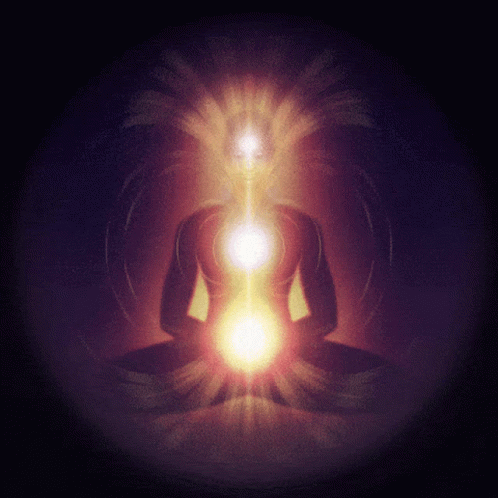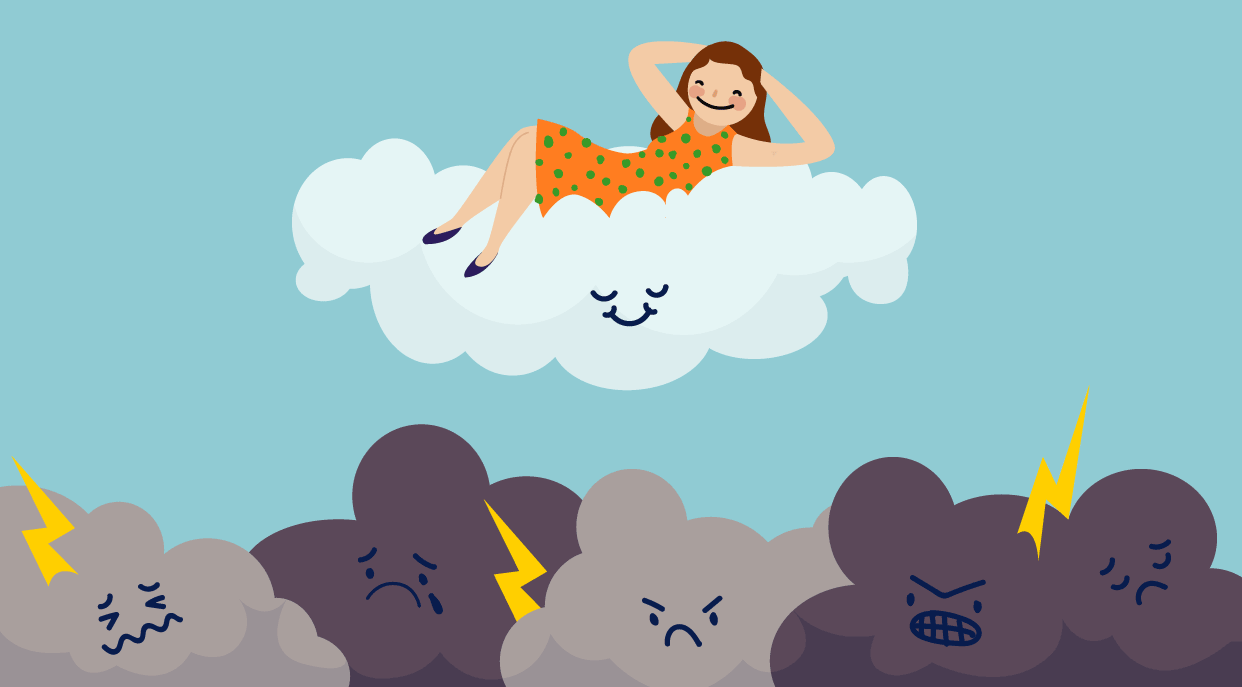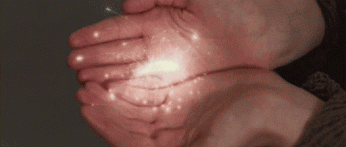"50 Year" Shoulder: From Frozen to Fluid
Why the nickname 50-Year shoulder? Well, because it's a condition that often appears in middle aged women, between 50-70, and less so in middle aged men. It is a multifaceted issue that combines previous history of falls (even "minor" ones) or injury to the neck, elbows, shoulders, as well as other areas of the body, hormone deficiency (as is common in menopause and andropause), as well as lifestyle, and to some degree dietary inflammation. Diabetes mellitus is also an associated factor as are autoimmune disorders, head trauma (concussion), Osteoarthritis, and shoulder surgery among others. Due to this, there is no one way treats all manner of addressing Frozen Shoulder - it must be assessed and treated on a case by case basis.

Frozen shoulder, or Adhesive Capsulitis, is a bit of a sneaky condition: It starts out gradually as pain in the shoulder, so naturally, we favour it and reduce the motion to avoid further pain thinking that this will be the solution and it will go away on it's own. Of course, and as with many pain related issues, this only makes the issue worse, and it's only by the time the arm is barely moveable, that people will seek help. As this progresses and the worse the pain gets in the shoulder and the surrounding muscles, the less mobility there is, and the worse the quality of life becomes. The effected shoulder will often also become so painful that sleep becomes difficult on that side.
Shoulder Anatomy

The shoulder or glenohumeral (GH) joint, has a wide range of motion because it is very shallow in it's nature. Three bones come together to form the shoulder girdle: The Humerus (upper arm bone), the Scapula (shoulder blade), and the Clavicle (collarbone). There are Four Rotator Cuff muscles that provide movement, strength and stability to the shoulder. The very reason why it is so mobile is the very reason it is vulnerable to injury and dysfunction:
Falling with your arm outstretched, picking up something too heavy, and repetitive motions may cause compression, tears in the tendons and/or the rotator cuff muscles or create an impingement. This joint compression or impingement can cause both stress and inflammation in the joint, and "Frozen Shoulder" is often the result somewhere down the road.
Osteopathic Treatment
The sooner the better is key here: Osteopathic treatment is normally sufficient for the condition to improve substantially if a treatment program is completed - and this time will vary from person to person depending on how quickly the progress of the initial stage of freezing was caught and interrupted. Osteopaths look for the restricted areas that need to be released (muscles, joints, fascia, etc), and we then gently create mobility in the effected area(s). Important after this is to follow up with strengthening the weakened shoulder muscles often the deltoids or biceps to create stability, balanced mobility, and function.
In the below video, we can see how the fluid movement of the arm effects not only the shoulder, but the entire rib cage as well as the internal organs (not visible). This is why a comprehensive approach that assesses and treats the whole body, not just the shoulder is key to recovery. Any area from the ribs, diaphragm, neck, back, head, fascia (connective tissue) or even the viscera can contribute to Frozen Shoulder complications. This post discusses how the opposing hip can also contribute to shoulder issues. Cortisone shots, electrical stimulation, and massage are localized and not typically helpful. This is why conventional medicine usually gives a prognosis for recovery in the 1-3 YEAR time frame for frozen shoulder resolution.
Once a frozen shoulder is suspected, osteopathic treatment should be sought as soon as possible, in order to hasten recovery time. The majority of clients I see in clinic are in the freezing, not frozen solid phase (see below) as they sought help enough to prevent it. These are then treated and recover normally within 2 to 3 months, or sooner. I have seen in my own clinical practice that 1-3 treatments have been enough when caught early enough and all contributing factors are adequately addressed.
Conventional Progression *without* Osteopathic Intervention

It is, therefore, highly important that the Primary cause(s) and underlying factors are investigated so that intervention can start quickly. This is vital to ensure a rapid recovery as well as ensuring that the issue is not allowed to recur, which can happen in approximately 30% of cases, or to appear in the other shoulder (an approximately 10% incidence).
How can Osteopathy Help My Shoulder Pain?
Improve muscular flexibility in the shoulder area
Improve range of joint motion in the mid back, neck, shoulder blade, shoulder, and any other areas contributing to the problem
Address postural strains and bad habits
Provide advice on maintaining flexibility and strength around the shoulder region
Provide exercises for stretching and rehabilitation
Patient Heal Thyself
Using your shoulder and arm as normally as possible - avoid "favouring" it.
Seek help sooner rather than later
DO YOUR EXERCISES! Follow your therapists suggestions, including being regular with any prescribed exercises
Avoid overworking the effected shoulder - this will increase inflammation and stiffness, and slow down healing and recovery.
What if Osteopathy Doesn't Help Enough?
The shoulder is the only joint in the body that“freezes” in this manner. Give this some time as Frozen Shoulder can require a fair bit of therapeutic time and attention. At times other factors are in play that manual therapy cannot help with resolving. These are the minority of cases, and other interventions may need to be considered. These can include hormonal issues in peri-menopause, menopause, and andropause (as an adjunct to manual therapy), extensive damage to the shoulder joint, and diet. among others. An “anti-inflammatory” diet is eating to minimize metabolic syndrome and its consequences, and is truly how we should all be eating to start with, regardless of physical issues. If you are not responding to treatment, your osteopath will refer you to another medical professional for further assessment.
Finally:
The purpose of this article is to educate. While every effort has been made to ensure its accuracy, its content should not be construed as definitive medical advice or health advice. It is not a substitute for professional examination and advice. Because each individual’s health care needs are unique and because medical knowledge is always evolving, please consult a qualified health care professional to obtain the most accurate recommendations for your needs. Neither the author nor the publisher shall be liable for any outcome or damages resulting from reliance upon the content of this publication.















